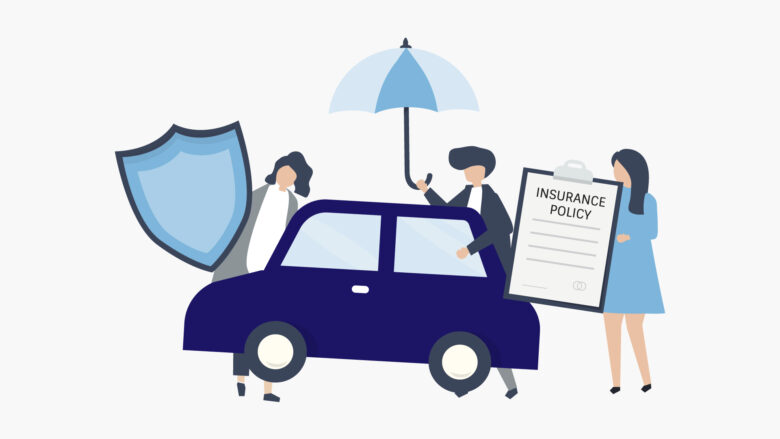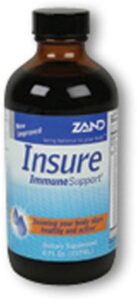When it comes to financial planning, understanding the cost of car insurance is crucial for any driver. Car insurance premiums vary based on several factors, including age, driving history, location, and the type of coverage selected. Let’s delve into the intricacies of car insurance premiums to understand how much one might expect to pay per month.
Factors Affecting Car Insurance Premiums
Car insurance premiums are not fixed; they fluctuate based on individual circumstances. Insurers consider factors such as age, gender, driving record, and credit score when determining premiums. Younger drivers typically face higher premiums due to their perceived higher risk. Additionally, drivers with a history of accidents or traffic violations may also see increased premiums. Your location matters too; urban areas often have higher rates due to increased traffic and crime rates.
Car insurance premiums are intricately linked to individual circumstances, with various factors coming into play. Insurers meticulously assess elements like age, gender, driving history, and credit score to calculate premiums. For instance, younger drivers are often saddled with higher premiums, reflecting the statistical correlation between youth and risk. Moreover, individuals with a record of accidents or traffic violations may find themselves bearing increased insurance costs. Additionally, geographical location significantly impacts premiums, with urban areas typically witnessing higher rates attributed to heightened traffic density and crime rates. These factors collectively shape the landscape of car insurance premiums, emphasizing the personalized nature of insurance pricing.
Car insurance premiums are subject to a myriad of factors that collectively shape their magnitude and variability. Insurers meticulously evaluate individual characteristics such as age, gender, driving history, and credit score to ascertain risk profiles and determine appropriate premiums. Younger drivers, owing to their relative inexperience, often encounter steeper insurance costs reflective of their perceived higher risk. Similarly, individuals with a track record of accidents or traffic violations may face inflated premiums commensurate with their elevated risk levels. Moreover, the geographical context exerts a significant influence on premiums, with urban locales typically witnessing higher rates attributable to heightened traffic congestion and crime rates. These factors underscore the dynamic nature of car insurance pricing, underscoring the importance of tailored risk assessment in establishing fair and equitable premiums.
Types of Coverage
The type of coverage you choose significantly impacts your monthly premium. Liability coverage, which covers damages to other parties in an accident, is typically cheaper than comprehensive coverage, which covers damages to your vehicle as well. Collision coverage, which covers damages resulting from a collision with another vehicle or object, also affects premiums. Moreover, additional coverage options like roadside assistance and rental car reimbursement can increase premiums.
When considering car insurance, understanding the various types of coverage available is essential. The choice of coverage directly influences the cost of your insurance premiums. Liability coverage, a fundamental aspect of car insurance, typically comes at a lower cost compared to comprehensive coverage. While liability insurance covers damages inflicted upon others in an accident, comprehensive coverage extends its protection to your own vehicle, albeit at a higher premium. Collision coverage, another critical component, factors in damages incurred from collisions with other vehicles or objects, further affecting your monthly premiums. Additionally, opting for supplementary coverage such as roadside assistance or rental car reimbursement can enhance your policy but may also result in increased costs for your car insurance.
Discounts and Savings
Car insurance providers understand the importance of offering incentives to attract and retain customers. Discounts play a significant role in making car insurance more affordable for policyholders. Safe driving is often rewarded with discounts for maintaining a clean driving record, incentivizing responsible behavior on the road. Bundling policies, such as combining car insurance with homeowners or renters insurance, can also lead to substantial savings by qualifying for discounted rates on multiple coverages simultaneously.
Students and members of certain organizations are often eligible for specialized discounts on car insurance premiums. Students with good grades may qualify for discounts as a reward for their academic achievements, reflecting the belief that responsible academic performance correlates with responsible driving habits. Moreover, installing anti-theft devices in vehicles not only enhances security but can also result in lower insurance premiums due to reduced risk of theft or vandalism.
Furthermore, practical payment strategies can contribute to savings on car insurance premiums. Opting to pay premiums annually instead of monthly can sometimes lead to lower overall costs, as insurers may offer discounts for upfront payments. Similarly, enrolling in automatic payment plans can result in savings by streamlining the payment process for both the insurer and the policyholder. These strategies not only help policyholders save money but also foster a sense of financial stability and convenience in managing car insurance expenses.
Shopping Around
Given the multitude of factors influencing car insurance premiums, it’s wise to shop around and compare quotes from multiple insurers. Each company has its own algorithms for calculating premiums, so rates can vary significantly between providers. Online comparison tools make it easy to obtain quotes quickly and efficiently. Remember to consider not only the premium cost but also the coverage options and customer service reputation when selecting an insurer.
Conclusion
While there’s no one-size-fits-all answer to the question “how much is car insurance per month,” understanding the factors influencing premiums can help drivers make informed decisions. By considering individual circumstances, selecting appropriate coverage, seeking discounts, and comparing quotes, drivers can find the most cost-effective car insurance options available to them. Investing time in research and planning can ultimately lead to significant savings without sacrificing quality coverage.



